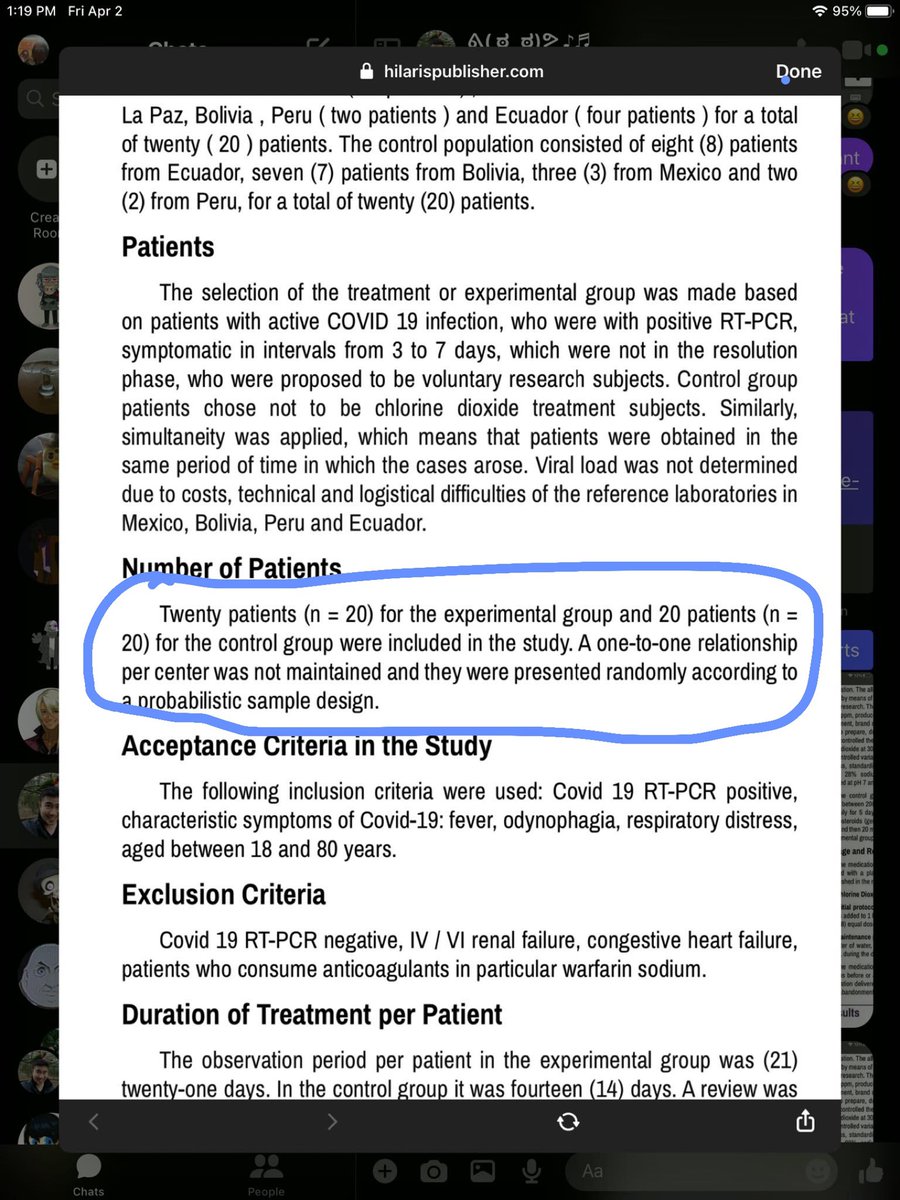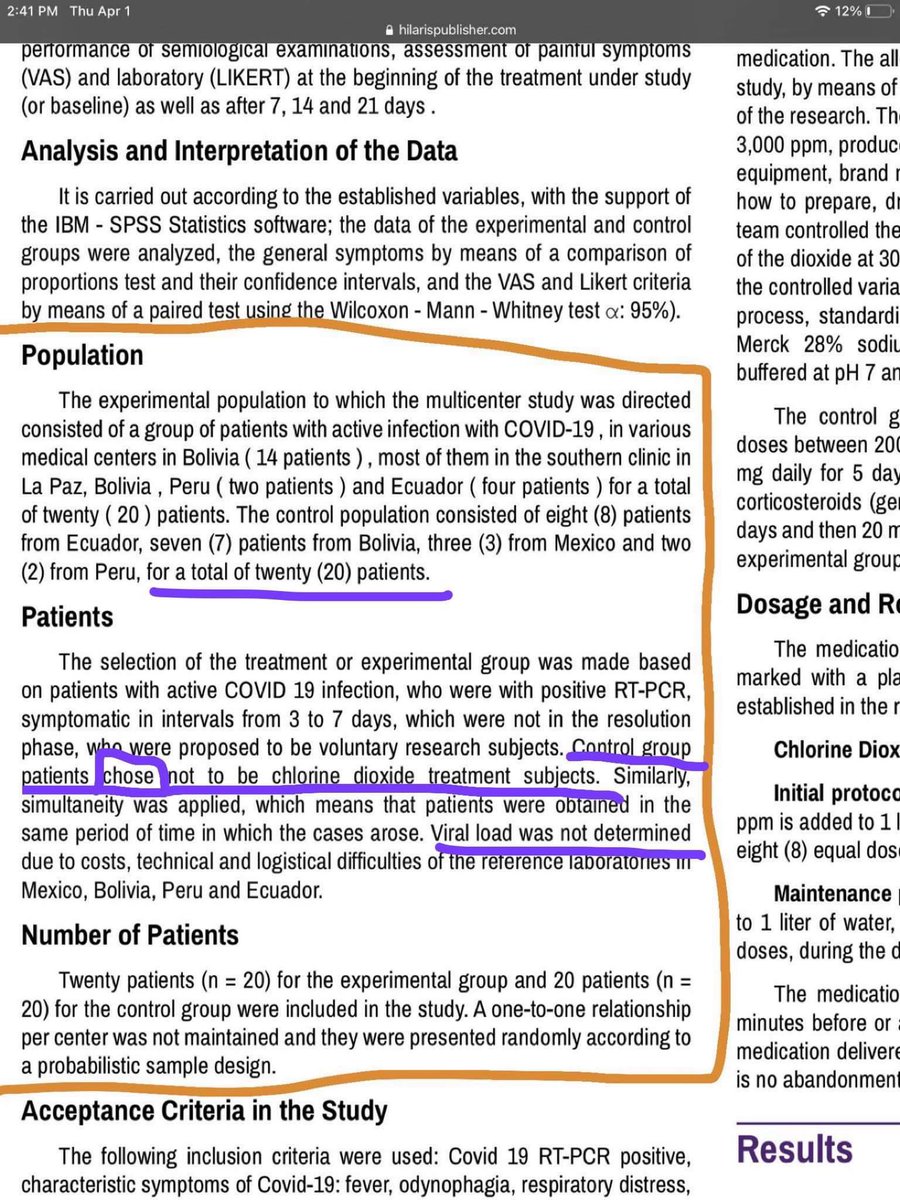
What are the different #covidtests, how do they work, and how can we interpret them? Here is a thread below:
#scicomm #Outreach #covid19 @SACNASUtah #AcademicChatter
#scicomm #Outreach #covid19 @SACNASUtah #AcademicChatter
Test 1: Molecular test (the most common is Rt-#PCR, or #pcrtest ). This test scans your sample for traces of specific #SARSCoV2 genetic sequences to see if they are easily found in your system. 1/n
The #PCR test result includes a value called “Cycle Threshold” (or #ct ). This basically measures how long it takes for the test to identify the #SARSCoV2 -specific genetic sequence in your sample. 2/n
If the #pcrtest takes less than 30 cycles to find the virus, this means that the test found the #SARSCoV2 genetic code very fast within your sample. In other words, you have a lot of viral code and your test is positive (the lower your #ct is from 30 the higher the load). 3/n
Test 2: Antigen test This looks for traces of #SARSCoV2 in your system, specifically whether or not you have specific **proteins** of the virus in your system. This is easier to do than a PCR test, so these tests are usually the ones termed #rapidtesting, or #rapidtests. 4/n
Test 3: Antibody test
This one is a little bit different from the other two in that it doesn’t look for traces of the virus in your system, but rather for your bodies’ *defenses* against #SARSCoV2. These defenses are called #antibodies, and are part of our immune system 5/n
This one is a little bit different from the other two in that it doesn’t look for traces of the virus in your system, but rather for your bodies’ *defenses* against #SARSCoV2. These defenses are called #antibodies, and are part of our immune system 5/n
The antibody #covidtest is NOT a valid test for traveling! This is because you can still have antibodies in your system long after you don’t have the active infection, and it is not a good control to look out for asymptomatic and still contagious cases 6/n
The antibody #covidtest typically looks for two different antibody types: IgG and IgM. IgM is generated early on in the infection process, while IgGs are generated later and are more longer lasting than IgGs. 7/n 

If you have an antibody #covidtest that is IgG negative and IgM negative, congrats, you have never gotten #COVID19! 8/n
If you have an antibody #covidtest that is IgG positive and IgM negative, you likely had #SARSCoV2 in the past but had it asymptomatially and are *probably* no longer infectious (you should confirm with a PCR/antigen test in this scenario just in case) 9/n
If you have IgM positive and IgG negative, it is likely you are on the early stages of a #COVID19 infection (!!). You should confirm with a PCR (preferably) or antigen test. 10/n
If you have an antibody #covidtest that is IgG positive and IgM positive, you either have an active #SARSCoV2 or had #COVID19 in the past. You should confirm with a PCR/antigen test. 11/n
Finally, something to consider is that active #COVID19 infection could not appear in #covidtests if you just got sick! 12/end 

@threadreaderapp please unroll
• • •
Missing some Tweet in this thread? You can try to
force a refresh





